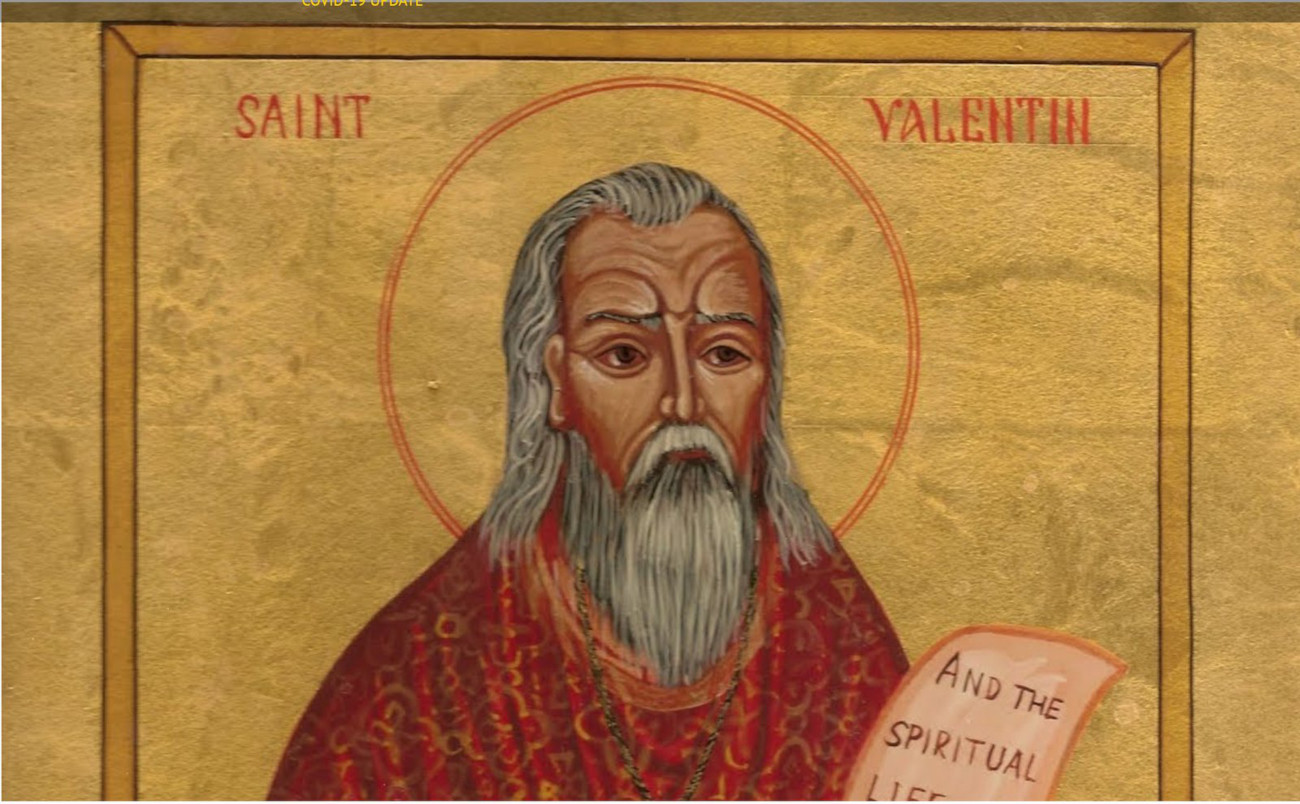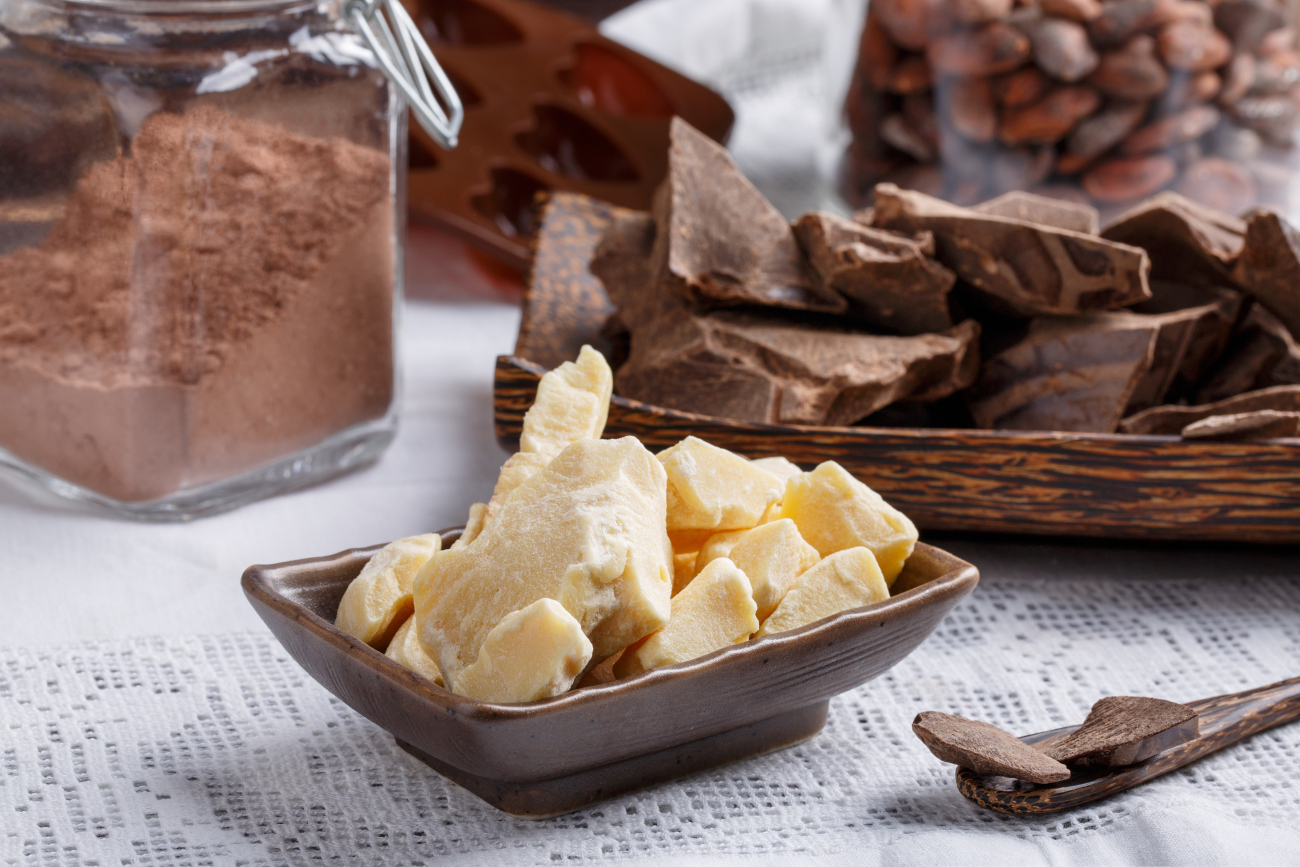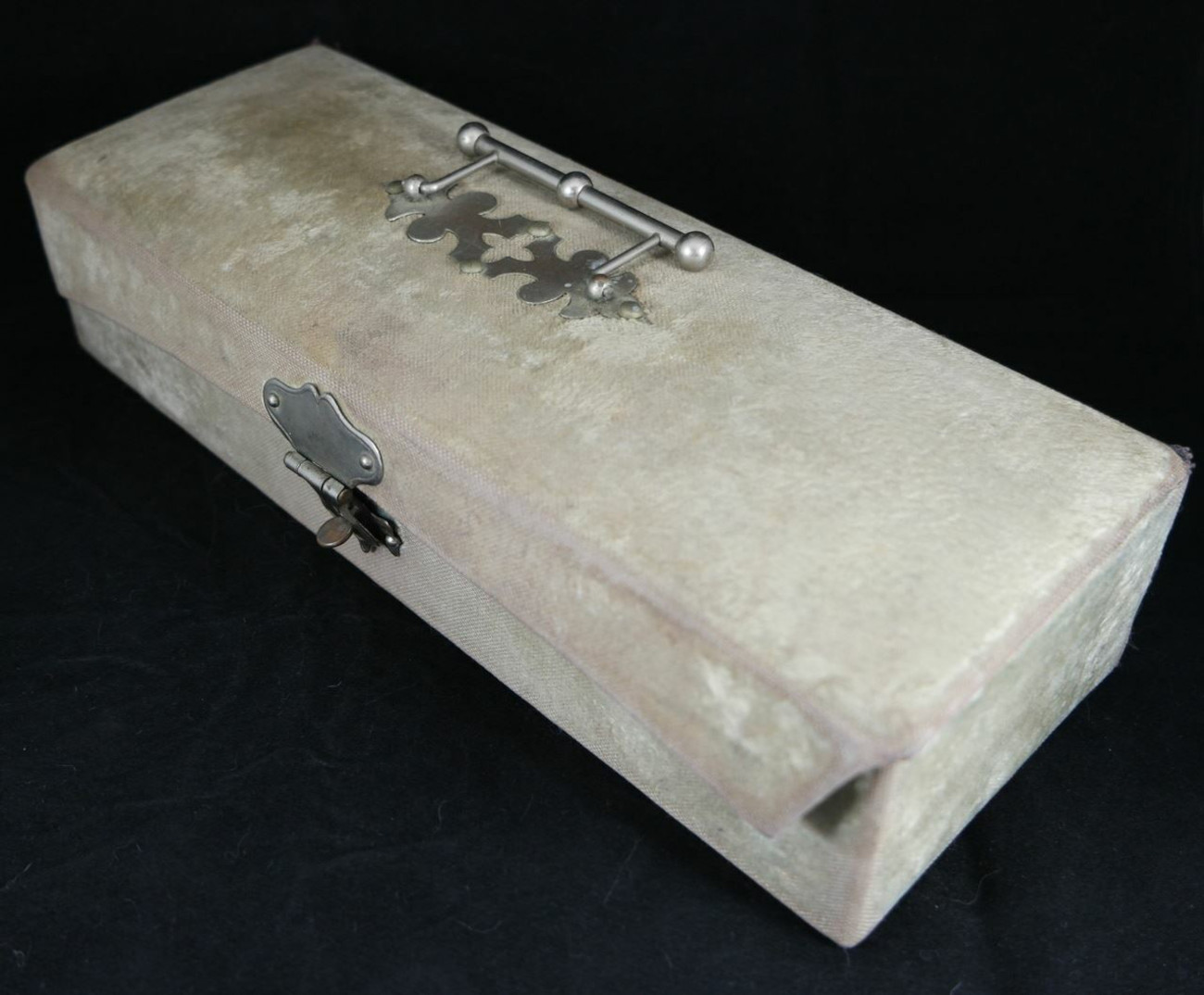While there are cupids, lace doilies, and explosive amounts of pink, red, and white everything, nothing defines Valentine’s Day like the chocolates sold in pharmacies, supermarkets, and every other store in between. Yet, what connects chocolates to this holiday of love? Was Valentine’s Day always this holiday of romanticism? How did these forces of chocolate and Valentine’s Day merge to become a joint duo in the cold, wintery depths of February? The questions are as varied as a sampler’s box of chocolate but can be unwrapped one by one.

Chocolate, with its long history, has never been something particularly romantic. This ritual-specific ingredient of Central America was transplanted into the European courts of the elite. Chocolate, combined with the West Indie specialty of refined sugar cane, made for a double dose of exclusivity. Throughout the Age of Exploration — and well into the late 18th century — chocolate was seen as a masculine ingredient associated with adventure, heartiness, exoticism, and a heavy dose of mystique.

The 19th century, with its industrialization, reduced the price of sugar and chocolate manufacturing, essentially opening up the consumer window to those outside of the upper classes. With this change came a shift in chocolate’s image. Gone were the connotations of conquest and travel, and in were the feminine associations. From the 19th century onward, chocolate was connected to softness, triviality, beauty, and indulgence.

As chocolate’s image was ever-changing, so was the holiday of Valentine’s Day. In the early eras of Europe, the beginning of February was associated with fertility, milk, and conception. Northern European regions celebrated so with a fire festival now called Imbolc. In Europe’s southern regions, controlled by the Roman Empire, there were two festivals: one was Februalia (atonement for sins), and the other was Lupercalia (for fertility).
It wasn’t until 496 AD that Pope Gelasius I made Valentine’s Day an official commemorative holiday by honoring one, possibly two, martyred saints named Valentine, who were killed on the same day, albeit in different years. Fast forward a few centuries, and you get the next pivotal change in Valentine’s Day. In Geoffrey Chaucer’s 14th-century poem, called “A Parliament of Fowls,” he describes February 14th as a day that fowls choose their mates. The reference, while short, laid the groundwork for romance to bloom.

Up until this point, the highly religious holiday of Valentine’s Day and the once-elite-now-commoner commodity of chocolate don’t seem to go hand-in-hand, but this was about to change. By the time Queen Victoria started her reign in 1837, Valentine’s Day was a well-established romantic holiday, thanks to mass-produced card production and affordable penny postage. The imagery of hearts, ribbons, pinks, reds, whites, and golds, adorned cards of affection and love confessions. Victorians, though seen as a rather prudish conservative generation, embraced and proliferated the popularity of the cupid, a barely-robed chubby cherub angel flying into the scenery of countless Valentine’s Day cards.

For those who say that Valentine’s Day is all created by marketing teams, they aren’t a hundred percent wrong. Marketing is what took a residual product from manufacturing and made it into a center-stage item for the Valentine’s Day season.
Enter Richard Cadbury, yes this man was the descendant of the famous Cadbury family owning Cadbury chocolates. At the time, Richard Cabruy was in charge of sales — and in the era of the Industrial Revolution — this position was pinnacle. With new machinery came new improvements to the manufacturing and refining of chocolate. The Cadbury company was able to improve the processing, leading to a purer chocolate refinement, but this also meant there was an increase in by-products, specifically cocoa-fat by-products. The surplus of cocoa butter led to an increase in Cadbury’s production of eating chocolates.

With a supply of chocolate at hand, Richard Cadbury reworked the dialogue of Valentine’s Day by selling the eating chocolates. The catch? All of the chocolates were sold in beautifully designed boxes, many claimed to have been designed by Richard Cadbury himself. He was also associated with selling chocolates in a heart-shaped box, if he was the first, it is hard to discern.
From that point on, the race to design the best-selling chocolate box was on. The postage card images of Valentine’s Day made their way to the front of boxes, alongside lace, ribbons, and flowers. Some versions didn’t even look like chocolate boxes, looking more like jewelry cases, and were covered in and lined with velvet. In those times, the box wasn’t a one-and-done deal. After the chocolates were eaten, the box wasn’t tossed. Instead, the boxes were saved to be used afterward to store romantic mementos and love letters.

The tradition of the elaborate Valentine’s Day boxes crossed over the pond, and the custom proliferated in America. Russell Stover, a Midwest brand, was the largest mass producer of the heart-shaped chocolate box stateside. The US Victorian boxes had lids drenched in silk flowers enough to compete with an actual flower bouquet. UK Cadbury-produced boxes became more and more ornate with each passing year, only to cease at the start of WWI when sugar rations put a damper on excess chocolate production. Nowadays, you still see the boxed chocolates, albeit with tamed-down decorations.
Chocolate is now such a pinnacle part of Valentine’s Day that people prefer to get chocolate over flowers, showing that the taste really surpasses the beauty of the season. Chocolate truly has become the love language of Valentine’s Day.













